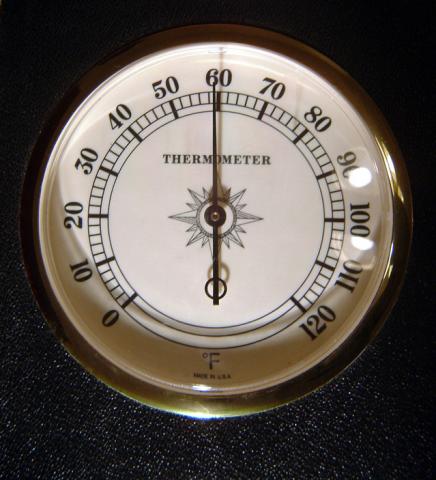Back to the Basics: Analyzer Response Time
Most analyzer specifications clearly indicate the time needed for the analyzer reading to reach 63% (or 90%) of a final reading, in response to a sudden increase in concentration.
These times are based on the response of the analyzer alone, and do not take into account the following that may be present in the complete analyzer system as installed:
Sample Transport Time:
- sample tubing
- filtration
Alarm System:










